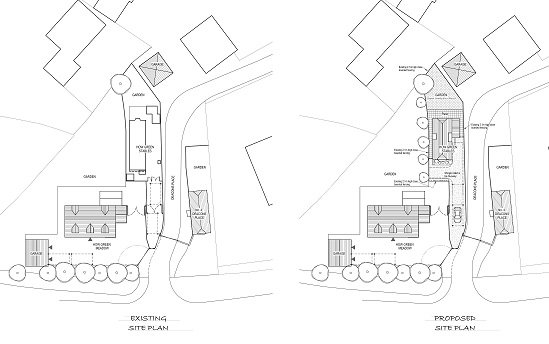The National Model Design Code – will it change appeals?
The National Model Design Code embodies the Government’s vision set out in its “Planning for the Future” policy paper in which the individual discretion of Council officers is replaced with a rules-based approach. There are certainly some benefits in replacing the variability of individual officers with a more consistent and therefore more predictable system, but will it be good or bad news for appellants?
The Government’s current consultation on changes to the NPPF include a requirement that, “all local planning authorities should prepare design guides or codes consistent with the principles set out in the National Design Guide and National Model Design Code and which reflect local character and design preferences.” (NPPF draft paragraph 127). I can already hear the groans from Planning Policy teams as they contemplate the massive exercise of providing detailed design guidance for the many different parts of their area.
Parish Councils, on the other hand, may be rubbing their hands with glee and rolling up their sleeves to get started. They have smaller geographical areas to cover and they know the design character(s) of their patch like the back of their hand. The smaller scale issues such as separation distances, privacy, garden sizes, densities and renewable energy are also likely to be of great interest to them.
Use of Design Codes for small-scale developments
While Design Codes may have been largely intended for large-scale new developments that start with a blank canvas, in practice they may largely be used to control small-scale developments in existing built-up areas. With the majority of appeals dealing with small-scale developments, the implications could be huge.
The impact of Design Codes is illustrated by the following typical example of an appeal against refusal for a single dwelling. The proposed 2 bed house was on a tight plot, but was similar in size and design as an existing house diagonally opposite, which was likewise on a tight plot (pictured below).


The planning Inspector applied the Design Code set out in an Appendix to the Neighbourhood Plan, which set out minimum separation distances of 23 metres between habitable rooms, and on this basis refused the appeal (appeal decision APP/J1915/2/19/3238632).
The Design Code in the Neighbourhood Plan contained specific distances and other well-defined measures, whereas the Design Policy in the Local Plan was expressed in the normal woolly manner requiring, “a high standard of design and layout to reflect and promote local distinctiveness.” If the Inspector had only had the Local Plan policy, the outcome may have been different. The Design Code altered the appeal by providing a black-and-white test for the acceptability of the scheme.
Impact of Design Codes
This case illustrates the impact that Design Codes are likely to have on planning appeals, namely to make the outcome of an appeal more predictable while simultaneously making the definition of “good design” more variable by place. Architects will have to check local design policies in each and every case before they produce a “good” design at the start of the application process.
For planners, Design Codes may make it easier to have a frank discussion with their clients about the probability of appeal success. If a proposal is contrary to some element(s) of a Design Code, the better course of action may be to amend the proposal and re-submit a revised scheme to the local planning authority. Alternatively, the benefits of a proposal might need to be accentuated in order to try to balance out conflict with the Design Code.
Although Design Codes might burst the bubble of many dream schemes, they may also result in more realistic and honest discussions about how to achieve developments that will be approved.
To find relevant appeals mentioning "Design Code", use the search on our Home page.

